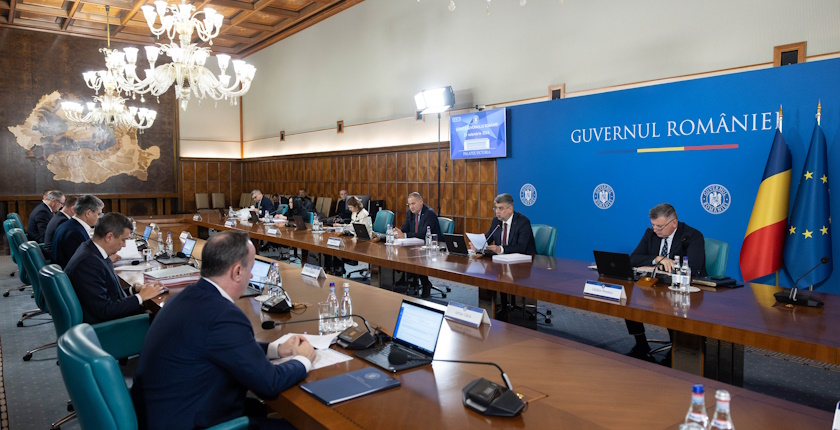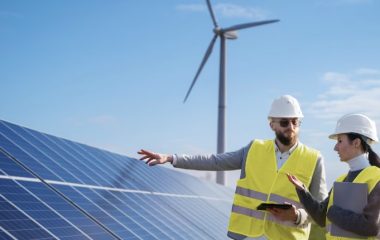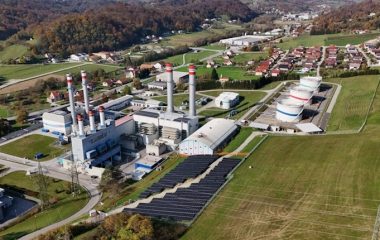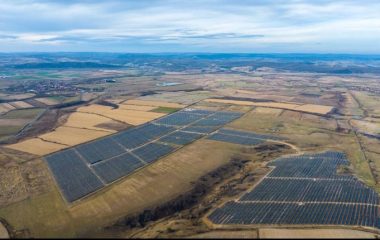
Photo: Government of Romania
The government adopted the Energy Strategy of Romania 2025-2035, with projections up to 2050.
The Energy Strategy of Romania 2025-2035, with projections up to 2050, is the first strategic document of its kind that the government in Bucharest adopted in 17 years, the Ministry of Energy pointed out. The document defines the directions for the development of the national energy sector, with an emphasis on security, accessibility and sustainability, it said.
The strategy determines six pillars for the development of the energy sector:
- Energy security,
- Low-carbon energy,
- Energy efficiency,
- Physical access to energy for all consumers and financial affordability and economic competitiveness of energy,
- Efficient energy markets,
- Digitalization, smart grid development and cybersecurity.
The goals are guided by principles such as the prioritization of security of supply, development of the circular economy and achieving climate neutrality by 2050, according to the ministry.
The document is the result of a year of intensive work by experts from the ministry, together with companies, public institutions, civil society and members of the Honorary Council for Energy (Consiliul Onorific pentru Energie). For the first time, external consultants weren’t involved in the drafting process, the ministry said.
The drafting process didn’t involve external consultants for the first time
According to the strategy, Romania’s energy security includes supporting neighboring Moldova.
Minister Sebastian Burduja said the strategy is the vision for a secure, competitive and clean future in the energy sector. Romania, in his words, is in a new critical moment, facing major market fluctuations, geopolitical and security crises, as well as economic difficulties.
“Our response is ambitious: to use own resources and reduce imports, massive investments in energy production capacities and in the transmission and distribution grids, local production of equipment, digitalization and cutting-edge technologies, all at the service of an energy sector that offers safe, cheap and clean energy,” he stressed.


















Be the first one to comment on this article.